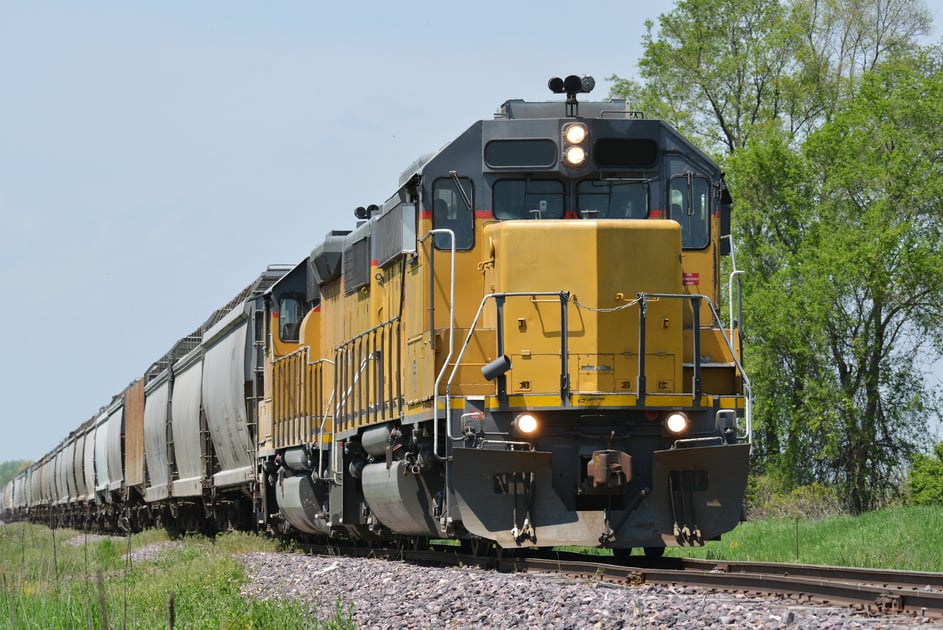
Class I Railroads provide crucial supply chain services for shippers across North America via two distinct services. Both rail services have specific target shippers and markets.
Because shippers are wanting a more sustainable supply chain and additional freight capacity options, InTek receives hundreds of inquiries about the various rail freight service options available. Most, but not all of us are familiar with 53’ domestic intermodal, so we'll briefly touch on this rail option and direct you to our comprehensive guide on intermodal.
The rail services we’ll cover in the greatest detail in this article are those rail freight options that ride 100% on tracks and therefore require a rail serviced facility to manage product shipments.
As promised, let’s do a quick summary of intermodal to help round out the full suite of services the Class I Railroads provide shippers.
Railroad Freight Services
Intermodal
Intermodal is a hybrid shipping model that involves both rail and truck.
Trucks handle the dray segments to and from the railroad intermodal ramps at origin and destination via chassis with the 53’ intermodal container attached, while the railroads utilize their intermodal rail network to move the intermodal boxes that are detached from the chassis and double stacked on a wellcar for the long haul portion of an intermodal shipment.
Intermodal service brings together the best qualities of both truckload and intermodal, which in turn delivers the best value and efficiency for a shipper.
Rail is the most efficient, cost-effective, and environmentally friendly land shipping method, while trucking brings tremendous flexibility to pick-up and deliver from just about any customer or vendor location.
The domestic 53’ intermodal market is most closely aligned with shippers that use over-the-road (OTR) truckload capacity options to ship their freight 700 miles or more. Intermodal service looks very much like truckload, as it arrives at a customer or vendor facility with the intermodal container affixed to a chassis. Transit is typically truckload transit, plus a day.
Rail
Standard rail is a much different railroad service that is targeted for bulk, commodity-type products. The service also requires the building or site the product is being delivered to or picked up from to have tracks.
Some shippers will transload the rail served building from the rail equipment to truck. As an example, many paper companies have rail service up to their building, which they use to load out rail cars with their bulk paper rolls. The rolls will be transported via a railcar to a third-party logistics (3PL) facility that is rail served. Once the paper rolls arrive at the transload warehouse, they will be loaded into trucks to make the final delivery to the customer’s location that does not have railroad tracks up to their facility.
While intermodal transits are similar to truckload, this is not the case for rail. Standard rail service has significantly longer transits that can be measured in weeks versus days.
Standard railroad equipment is specifically designed for the various bulk commodities it transports.
Railroad Service and Equipment Used for Various Commodities
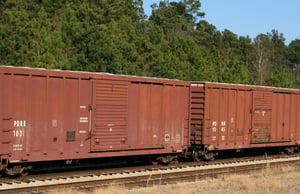 Boxcars
Boxcars
- Paper
- Auto Parts
- Consumer Products
- Canned Goods
- Bagged Products
- Bagged Aggregate Products
- Various Palletized Commodities
Covered Hoppers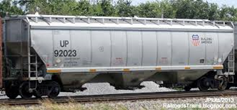
- Grain, Wheat, Corn
- Sugar, Flour & Food Products
- Salt
- Sand, Cement, Fly Ash
- Dry Distiller Grains
- Plastic Pellets
- Various Dry Bulk Products
Flatcars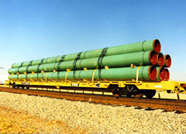
- Lumber & Timber
- Poles & Pipes
- Wind Turbines
- Steel Plates & Beams
- Intermodal Containers
- Longer Goods
Gondolas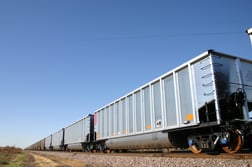
- Metal, Scrap, Pipe
- Aggregates, Gravel, Rip Rap
- Slag, Ores
- Railroad Ties
- Construction & Demolition Debris
- Waste
Open Top Hoppers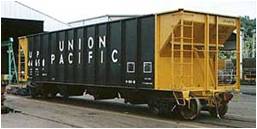
- Aggregates, Gravel, Rock, etc.
- Coal & Coke
- Ballast
- Taconite & Iron Ore
- Woodchips, Cotton Seeds, Walnut Seeds, Other Agricultural Products that are not affected by the weather
Tanker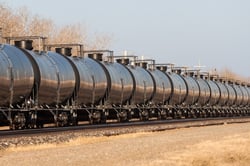
- Oil
- Chemicals
- Other Petroleum Products
- Food Grade Available
Ballast Railcars & Side Dumps
- Aggregate, ballast, etc.
Conclusion on Railroad Services
In summary, Class I Railroads offer numerous services that fit shippers in just about every market and commodity. The key to being successful with a railroad freight solution is knowing which service and equipment is best for your company and then aligning with the railroads directly or with a freight logistics company.
After having to step in to help various shippers when they are engaged with the railroads, I would highly recommend engaging with a 3PL if your company is less experienced with working with railroads or does not have significant volumes. The reason for this recommendation is there are numerous charges that can pile up quickly that less experienced transportation professionals may not be aware of when engaging railroads.
As for intermodal, shippers do have to engage with an IMC (intermodal marketing company) to price and operate their intermodal shipment requirements because the class I railroads do not sell direct to shippers.
If you're ready to take the next step, at InTek Freight & Logistics, we can help. Just tell us what you need and we'll discuss how our expertise can help with the unique shipping challenges your business faces. Rather do a bit more research first? View our Freight Guides for comprehensive articles and eBooks on all things freight and logistics.
Get Updates
Featured Articles
Categories
- Freight & Shipping Costs (54)
- Freight Broker (60)
- Freight Forwarder (2)
- Intermodal Transportation (184)
- International & Cross Border Logistics (43)
- Logistics & Supply Chain (420)
- Logistics Service Provider (77)
- LTL (39)
- Managed TMS (49)
- News (39)
- Supply Chain Sustainability (12)
- Transportation Management System (37)
- Truckload (122)
- Warehousing & Distribution (50)




